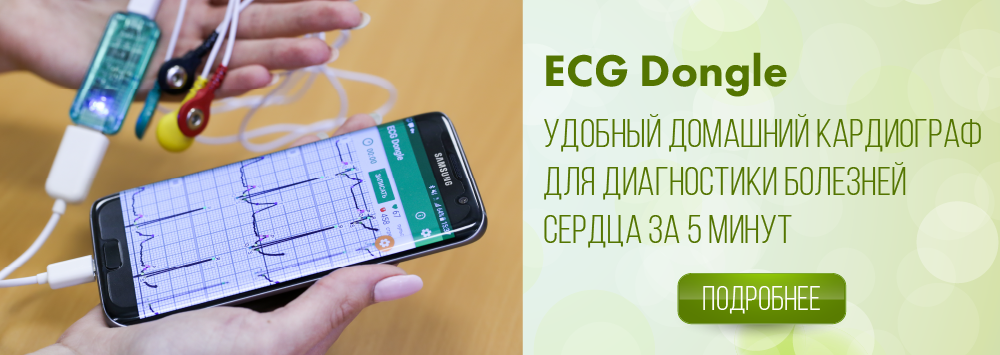Second-degree atrioventricular block type 2
Second-degree atrioventricular block type 2 may be transient and it occurs rare (only 10% of all cases of second-degree atrioventricular block). In contrast to second-degree atrioventricular block type 1, this block is usually caused by conduction disorder lower of the trunk of the bundle of His (on the background of the front myocardial infarction), associated with the wide QRS complex, and often progresses to third-degree or complete atrioventricular block. In such cases, external transcutaneous pacing or transvenous pacing are usually carried out: electrode is placed in the heart, which helps to impose to the ventricles optimum heart rate (80-90 beats per minute).
When second-degree atrioventricular block type 2 occurs, the P-R interval, preceding the fallen contraction, is always constant. The P-R interval is not changed even after the contraction has fallen. In the cases relevant to this last criterion, second-degree atrioventricular block type 2 is limited by Gis-Purkinje system. The R-R interval in non-fallen contructions is usually normal, less often elongated. The QRS complex is normal in 35% of patients and is wide in 65% of cases.
This pathology can be detected using ECG Dongle [1] and ECG Dongle Full [2].

